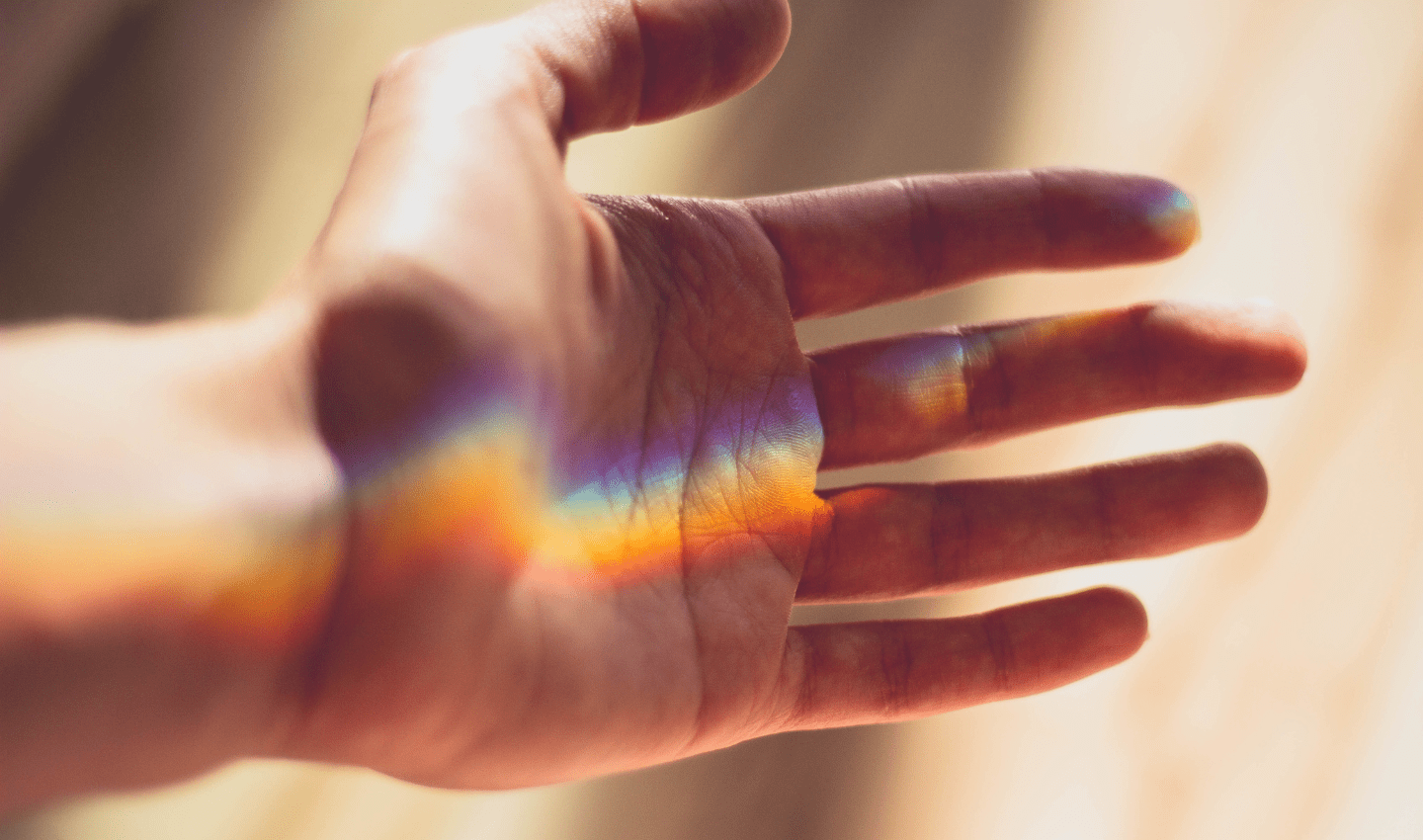- Marine Life Facts
- Our Impact: Threats
Facts about Vaquitas: The most endangered marine mammal
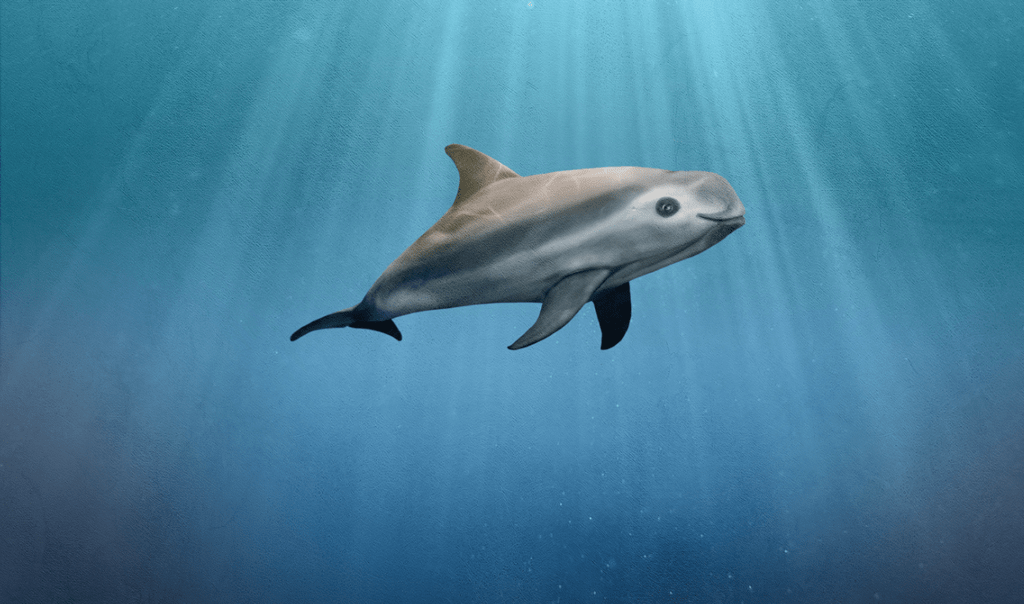
How many of these facts about vaquitas do you know?
The vaquita (Phocoena sinus) is the smallest porpoise to call our Ocean home.
In 2023, the best-known estimate of vaquita populations is between 6 – 19, making them the most endangered marine mammal in the world.
1. When was the vaquita discovered? 1958.
The vaquita was was only discovered in 1958 – yet it’s already on the brink of extinction.
Scientists first described these little porpoises after coming across three skulls found in the Gulf of California, Mexico.
2. Vaquitas are endemic to the Gulf of California, Mexico.
Vaquitas display no migratory behaviour and have limited themselves to the Northern part of the Gulf of California, as depicted in the figure below.
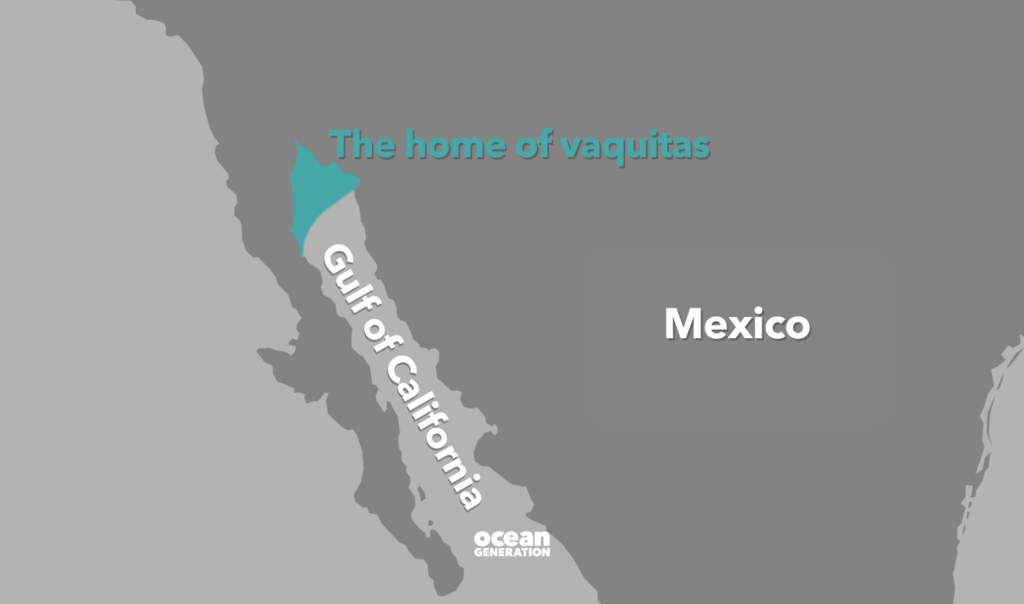
3. How big do vaquitas get?
They grow up to 1.5m long (5 feet). Vaquitas live in relatively shallow waters (<50m) and have been observed individually, in pairs, and small groups of up to 8-10 individuals.
4. No one really knew what vaquitas looked like until the late 1980s.
Locals, along the Gulf of California, didn’t know much about vaquitas before they were described, based on their skulls in 1958, but anecdotal evidence from locals include references to “vaquita”(meaning little cow), “cochito”(meaning little pig) and “duende”(meaning ghost or spirit).
There’s a chance that these names could have been referring to totally different species.
In the late 1980s though, external features of vaquitas started to be described.
5. So, what do vaquitas look like?
A dark ring around the eyes is the vaquitas most striking feature, along with a proportionally large dorsal fin. They’re unique among porpoises because they’re the only species of the porpoise family found in warm waters.

6. When did the vaquita become endangered?
In 1978, the IUCN red-listed the vaquita as ‘Vulnerable.’ In 1990, vaquitas became ‘Endangered’ and, in 1996, ‘Critically Endangered.’
7. Why are vaquitas endangered?
The main reason vaquitas are endangered is due to entanglement in gillnets with bycatch in legal and illegal fisheries for shrimp and finfish, and in the last decade, specifically for totoaba.
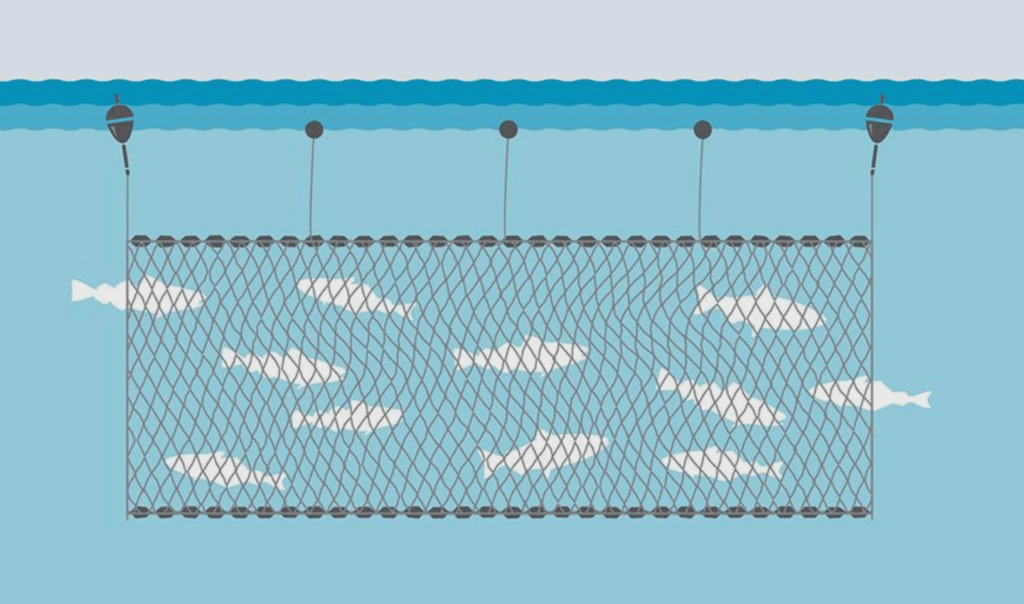
8. How many vaquitas are left?
In 2007, there were an estimated 150 vaquitas in our Ocean but by 2018, that number had dropped to 19.
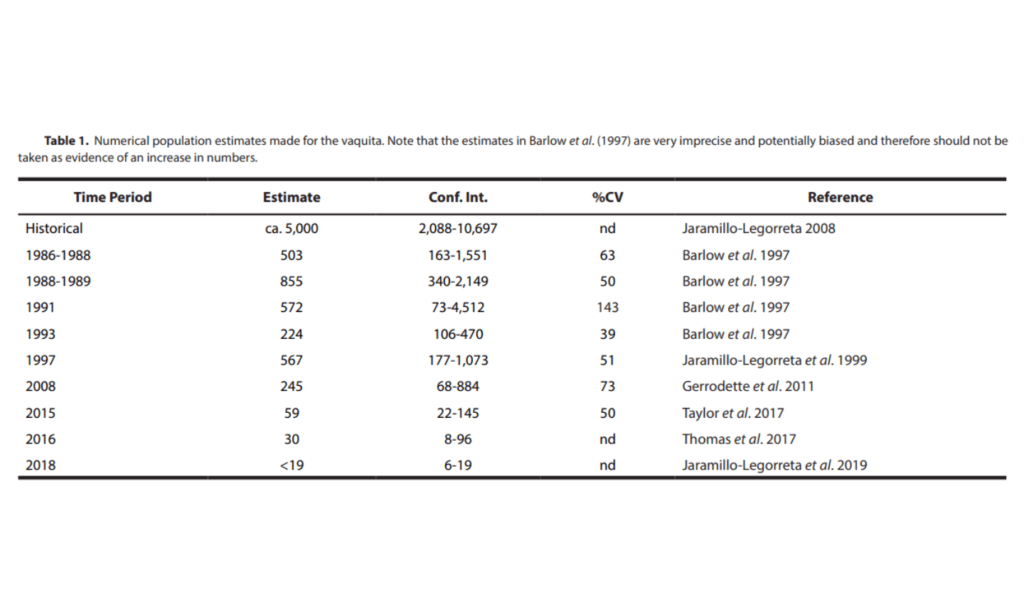
9. Is there hope for vaquita populations?
Conservation efforts for vaquitas are underway.
Gillnet fishing – has been banned – however, illegal fishing of totoaba (an endemic fish) continues. The totoaba is also critically endangered too so, the fate of the totoaba and vaquita are closely linked.
There is always hope.
Scientists suggested imminent vaquita extinction in the mid-2000’s but as of 2023, there are still between 6-19 vaquitas alive.
One study on genetics found that due to low population size and low genetic diversity, if gillnet fishing was 100% stopped, there is only a 6% chance of extinction of vaquitas.
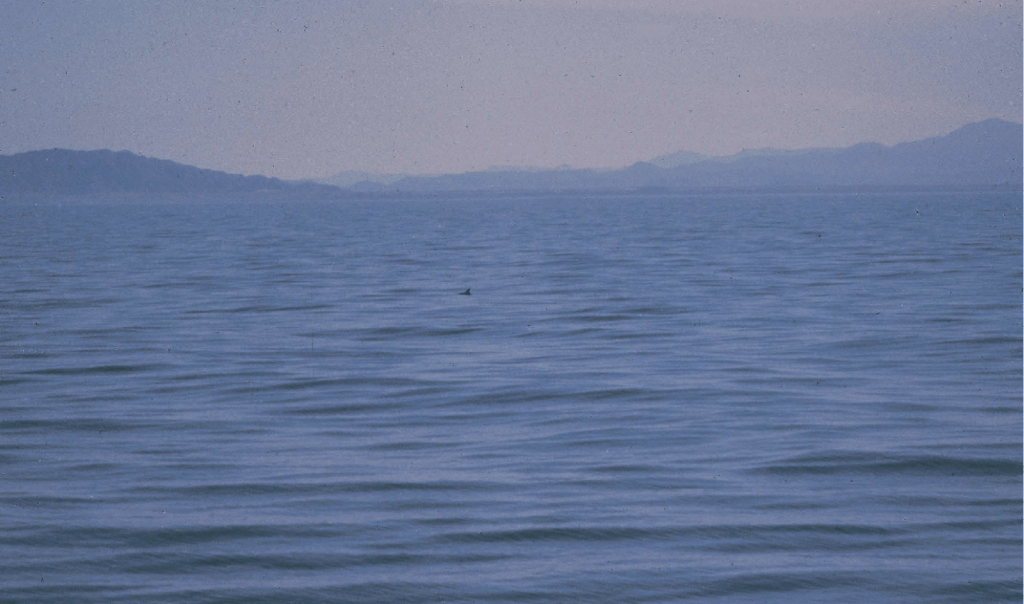
10. The vaquita can give birth annually.
And multiple newborns were sighted in 2019.
A note from Ocean Generation:
Your support may feel like a drop in the Ocean, but the Ocean would be less without that drop.
We’re known for translating complex Ocean science into engaging content and bringing the Ocean to young people across the world. As a charity, every donation is vital and will directly support our environmental youth programmes that drive social action to safeguard our Ocean.



